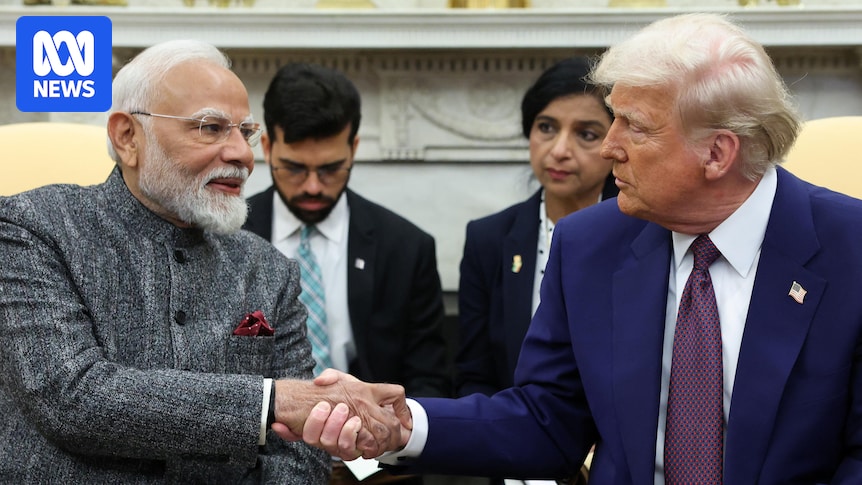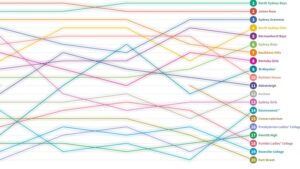
In a move that could significantly alter US-India trade relations, former President Donald Trump announced a 25 percent tariff on Indian goods starting August 1. Alongside this, he hinted at an unspecified “penalty” for India’s continued purchase of Russian weapons and oil.
This announcement marks a sharp escalation in trade tensions, as Trump singles out India more aggressively than other major US trading partners. The decision threatens to unravel months of diplomatic negotiations between the two nations, potentially undermining a strategic partnership that serves as a counterbalance to China’s influence in the region.
“While India is our friend, we have, over the years, done relatively little business with them because their Tariffs are far too high, among the highest in the World, and they have the most strenuous and obnoxious non-monetary Trade Barriers of any Country,” Trump stated on Truth Social. He further criticized India’s reliance on Russian military equipment and energy, calling it a misstep amid global calls for Russia to cease its aggression in Ukraine.
Impact on US-India Relations
The Indian government responded cautiously, acknowledging Trump’s decision and stating that it would assess the implications while taking steps to safeguard national interests. The announcement has already impacted financial markets, with the Indian rupee dropping 0.4 percent against the US dollar in the non-deliverable forwards market.
According to Ranen Banerjee, a partner at PwC India, “Higher tariffs for India compared to countries it competes with, for exports to the US, are going to be challenging.” This sentiment reflects broader concerns over the future of US-India trade, which has been characterized by contentious negotiations over market access, particularly for US agricultural and dairy products.
Trade Barriers and Negotiations
Despite progress in some areas, Indian officials have resisted opening their domestic market to imports such as wheat, corn, rice, and genetically modified soybeans, citing risks to the livelihoods of millions of Indian farmers. The US has also expressed concerns over India’s stringent import-quality requirements, which it sees as barriers to trade.
The new tariffs are expected to impact India’s goods exports to the US, estimated at about $87 billion in 2024. This includes labor-intensive products such as garments, pharmaceuticals, gems and jewelry, and petrochemicals.
Strategic Implications and Future Prospects
Trump’s announcement places India among a growing list of countries facing higher tariffs under his “Liberation Day” trade policy, which aims to reshape US trade relations by demanding greater reciprocity. This development comes despite earlier commitments by Indian Prime Minister Narendra Modi and Trump to conclude the first phase of a trade deal and expand bilateral trade to $500 billion by 2030.
Indian officials have previously emphasized the importance of the US as a strategic partner, particularly in counterbalancing China. However, they have also stressed the need to maintain policy space on critical issues such as agriculture, data governance, and state subsidies.
It remains unclear whether Trump’s announcement is a negotiating tactic. Historical precedents suggest that initial hardline stances can evolve into agreements, as seen with Japan earlier this year. An Indian government official indicated that New Delhi remains engaged with the United States to reach an agreement.
Economic and Political Reactions
Economists remain cautiously optimistic about the potential for future negotiations. “While the negotiations seem to have broken down, we don’t think the trade-deal haggling between the two nations is over yet,” said Madhavi Arora, an economist at Emkay Global.
The situation continues to develop, with both nations weighing their next steps in a complex geopolitical and economic landscape. The outcome of these negotiations could have significant implications for global trade dynamics, particularly in the context of US-China relations and India’s strategic positioning.







